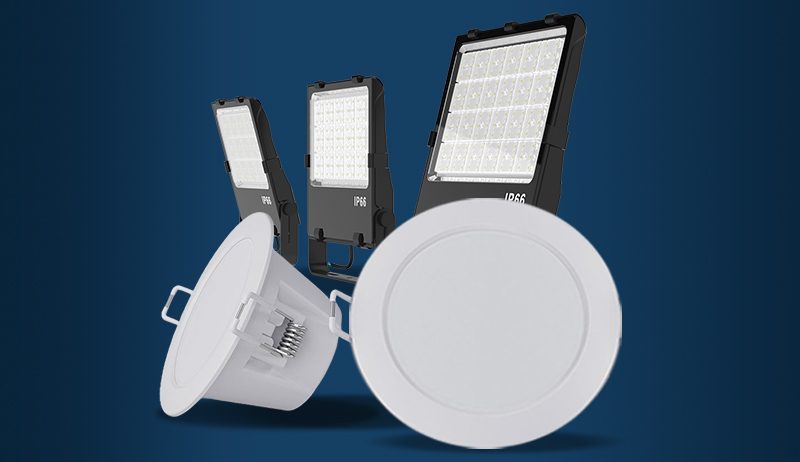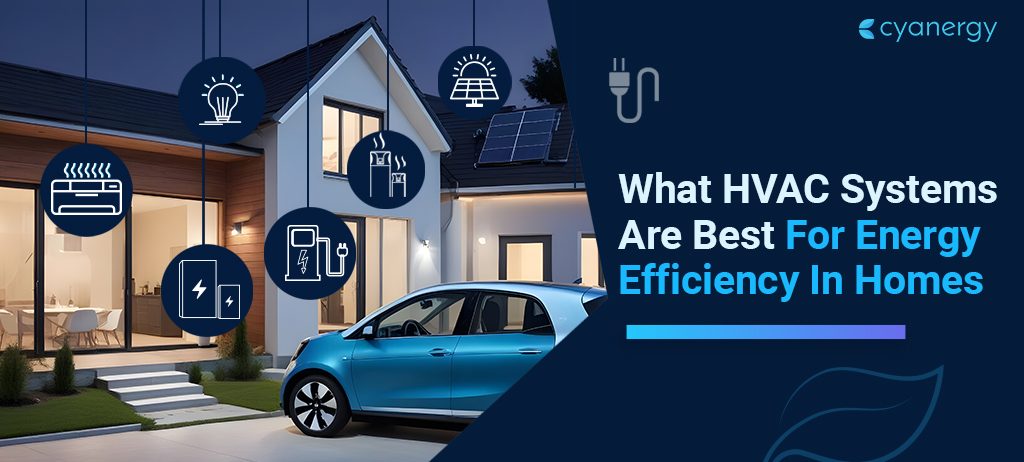A typical Australian household spends about 10% of its electricity bill on lighting, but this has decreased significantly because more people use LED lights.
LED bulbs are becoming very popular in Australia as older bulbs like incandescent and halogen are being phased out. So, what’s so good about LED lights compared to the others?
Learn about LED lighting from Australian Energy Upgrades. Or click here! So, what are the benefits of installing LED lights in your Australian home?
Improvements in light bulb technology are causing Australia to replace mains voltage halogen bulbs. Many old-style incandescent bulbs have already been replaced with Light-emitting diode (LED) bulbs.
This comprehensive guide to LED lights covers their benefits, uses, and types. You can also find advice on choosing the right LED strip lights and home lighting solutions from electricians. Let’s get started!
What are LED lights?
How do LED Lights Work?
LED lights were designed to reduce the heat output compared to traditional bulbs. They are complex and built to handle heat well. The light’s color and wavelength depend on the band gap energy of the materials at the ‘p-n junction.’
The surface of the LED package is like a low-reflective material, similar to glass fiber or air. A spherical package with the diode in the center helps the light rays hit the surface directly, reducing internal reflection. The color of the packaging doesn’t affect the light’s color much.
Ultraviolet & Blue LED Lights
White LED Lights
Organic Light-Emitting Diodes (OLEDs)
Operational Parameters & Efficiency
Applications of LED Lighting

Outdoor Lighting
Automotive Lighting
LED Color Temperatures
Types of LEDs, LED Bulbs, and Lighting Products
Some LED products may resemble fluorescent tubes or other light bulbs but serve different purposes.
Use this guide to learn about different types of LEDs and choose the right ones for your needs.
- RGB LED Bulbs
These bulbs produce red, blue, and green colors using LEDs.
- SMD LED Bulbs
These are surface-mounted LEDs with specific physical sizes and shapes.
- Standard LED Bulbs
These are common in homes and look like traditional Edison bulbs.
- Task Lighting or Accent Lighting
Electricians use task lighting to brighten specific activities, such as homework or cooking. Accent lighting creates visual interest and sets a mood, like highlighting artwork.
- Integrated LED Luminaires
These are light fixtures where LED light sources are built into the fittings.

- Outdoor LED Lights
Options like directional LED lights, string lights, and bulbs are great for outdoor areas like backyards and porches, adding security.
- LED Floodlights
These provide intense indoor and outdoor lighting with a flat, can-shaped design.
- Track LED Lights
Mounted on ceilings, these adjustable bulbs use directional light and can be spaced out evenly.
- Decorative Lighting
These fixtures, such as chandeliers and wall sconces, are designed to look attractive.
- Mini LEDs
These tiny LEDs are commonly used in smartphones and tablets.
- LED Spotlights
These replace halogen bulbs due to their long lifespan and energy efficiency.
- LED Tube Lights
Cylindrical LED lamps that offer powerful lighting and durability.
- LED Ceiling Lights
These LED lights are found in kitchens and bathrooms, providing ambient or task lighting in various shapes.
- Smart LED Light Bulbs
Controlled via an app, these bulbs can be turned on/off remotely using Wi-Fi.
What are the Benefits of LED Light Installation in Your Australian Home?
Energy Efficiency for Saving Money
LED lights are very energy-efficient, which helps Australian homeowners save money on electricity.
LED lights use much less energy than old-fashioned bulbs, cutting electricity costs by up to 80%.
This not only saves money but also reduces the environmental impact. By switching to LED lighting, homeowners can contribute to a cleaner, more sustainable future.
Durability and Low Maintenance
LED lights last much longer than traditional bulbs. This means less time and money spent on replacing bulbs.
On average, LED lights can last up to 25 times longer than incandescent bulbs, providing reliable lighting for years.
LED lights are also sturdy and can better withstand vibrations and shocks, making them ideal for Australian homes that face various environmental conditions.
Environmental Benefits
LED lighting helps reduce energy consumption, lowering carbon footprints and greenhouse gas emissions.
Unlike other bulbs, LED lights don’t contain mercury and can be recycled safely. This promotes sustainable waste management, aligning with Australia’s environmental goals.
Customization and Design Options
Health and Safety Benefits

Government Initiatives and Incentives
LED lights have a longer life span.
Unlike compact fluorescent lighting (CFLs) or traditional light bulbs, LEDs do not “burn out” or lose brightness over time.
LED manufacturers claim that these lights have an average life of five and a half years or 50,000 hours. As a result, you won’t have to break a sweat changing the lightbulbs in your home regularly.
Furthermore, unlike traditional lighting technologies, they require little maintenance, so you won’t have to spend money every few months to keep them running.
LED Lights Illuminate Instantly
Did you know that LED lights turn on instantly, providing immediate illumination? This quick lighting is one reason many Australians are switching to LED lights.
Unlike CFL and incandescent bulbs, which take time to reach full brightness, LED lights are perfect for spaces where lights are often turned on and off.
LED lights can run long without affecting their performance or lifespan, making them highly efficient and reliable.
Additional Features of LED Lights
LED lights come with extra features that other types of bulbs lack. Some LEDs can change colors, and most can be dimmed to suit your preferences.
You can easily customize them with the push of a button. Plus, they are available in various styles, like LED downlights or enhancing bathroom vanity lighting, allowing you to find the perfect fit for your space.
Switch LED Lighting Today With Cyanergy
Switching to LED lighting offers many benefits for Australian homeowners. LED lights are energy-efficient, saving money on electricity bills and supporting environmental sustainability.
LED lights last long and require less maintenance, reducing the hassle and costs of frequent bulb changes. Their positive environmental impact aligns with Australia’s commitment to sustainability.
LED lights come in various designs, allowing homeowners to customize their lighting. They also enhance safety, promote better health, and work well with smart home systems.
Government initiatives and incentives make transitioning to LED lighting easier for Australian homeowners.
By embracing LED lighting, Australian homeowners can enjoy a brighter, more sustainable future with the many benefits it brings to their homes.
If you need help upgrading your lighting system, Cyanergy can help. Contact us today, request an energy assessment, or talk to an expert.







